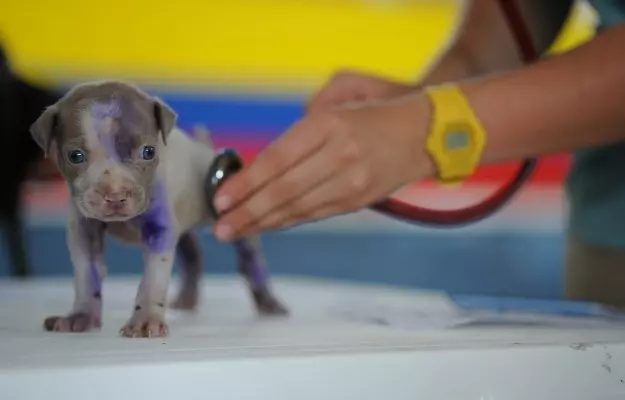Just as our pets know when we’re not feeling so good, we learn to understand when our pets are feeling unwell. And while every sneeze and teary eye isn’t something to worry about, our pets use them to communicate their discomfort to us. One of the things they can signal is canine distemper.
Canine distemper is a viral infection that can make puppies and young dogs very ill. Though distemper in older dogs is rarer, it’s not unheard of.
Caused by the paramyxovirus, also called Canine Distemper Virus (CDV), canine distemper is highly contagious and can be life-threatening. It attacks multiple body systems at the same time, resulting in a widespread infection that is difficult to treat: the virus can invade the respiratory, gastrointestinal and nervous system of the dog’s body.
The symptoms of canine distemper can include sneezing, coughing, discharge from eyes, fever, inactivity, vomiting, diarrhoea and loss of appetite.
Dogs who have had canine distemper in the past can develop problems of the central nervous system later in life.
There is a vaccine for canine distemper, but no medicine. So make sure your veterinary doctor gives the vaccine to your puppy starting at six weeks to eight weeks of age. If your dog is a rescue and you don’t have the proper vaccination history, make sure you tell your veterinarian so they can draw up a proper vaccination plan for your pet.








































